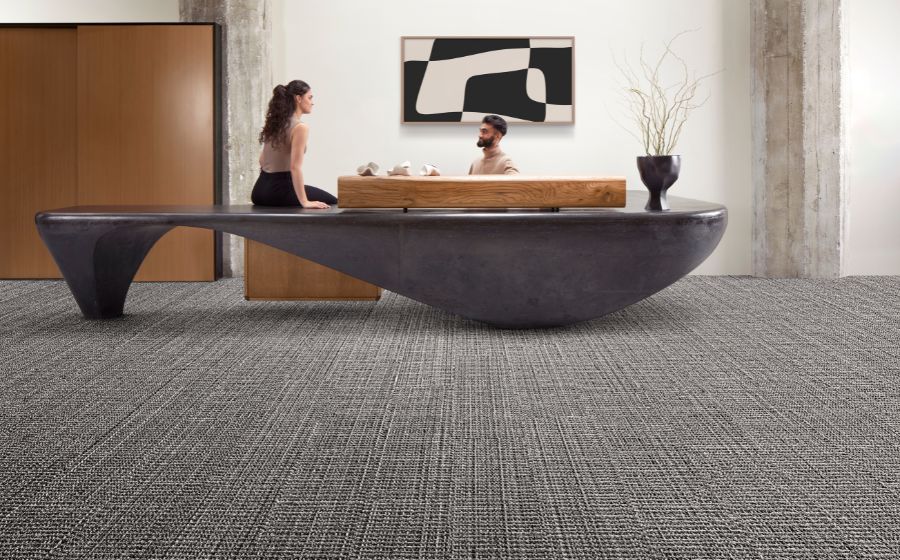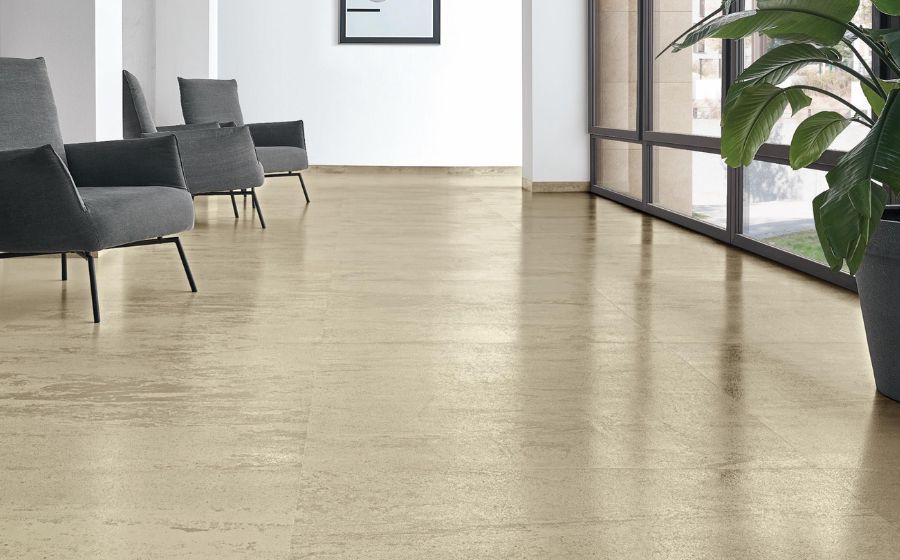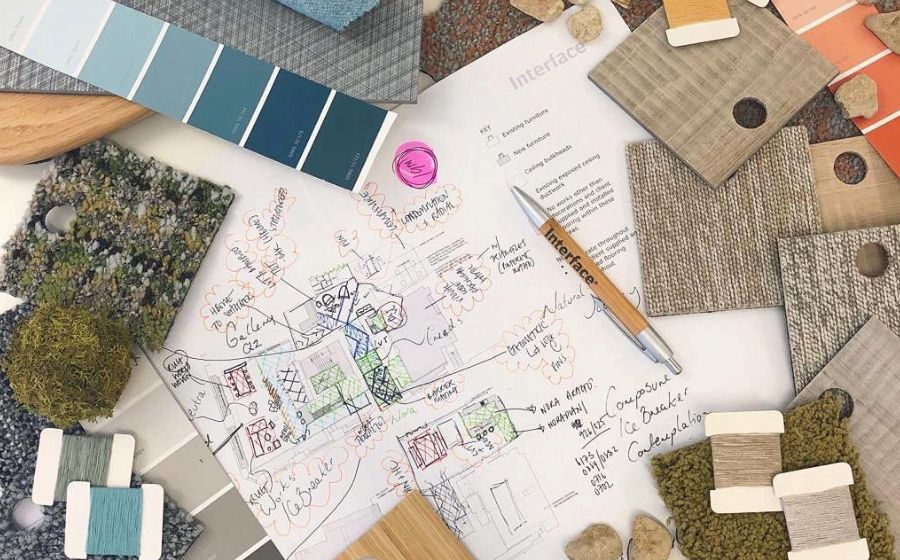What constitutes good design today? The answer, it seems, lies in adaptable multi-use interiors, Zen-like spaces, and design essentials that stand the test of time.
At Interface, we’re made for design, and as a result, our designers keep close tabs on which looks resonate best in interiors. Over the course of 2024, we’ve noticed a trend towards long-term versatility, comfort, and custom-made commercial environments. If you’re looking for inspiration for your next project or curious about the state of commercial design – watch out for these four trends.

Enduring Essentials: Looks That Never Go Out of Style
As technology evolves and the digital world expands, the life cycle of design trends continues to shrink. Despite a multitude of influences from online platforms like social media – some “trends” are built to last.
This season we’re seeing a continued commitment to grounding neutrals, unexpected design accents, and timeless textures that invite a sense of participation and engagement in the workplace. These include wood and slubbed fabrics as well as bold and subtle marble grain finishes – all have been a mainstay in recent years.
You may want to jump on the latest trend, but these classics hold longstanding value.

Naturalism: Cold Gray is Out, Warm Tones Are In
In a post-2020 world, comfort is still key. The sudden mass migration to remote and hybrid working in recent years continues to change how we interact with interiors. We’re seeing the impact today in global commercial spaces as people look for comfort and calm in their environments.
Natural materials and nature-inspired patterns combined with design approaches that promote sustainability, like Life-Centered Design, connect people to nature to enhance well-being. In addition, soft geometric structures and curves complement this sense of comfort to create an organic feel.
Most noticeable is the contrast of Zen-like features and earthy tones – including almond, chalk, and forest green – with harsher structures found in brutalist architecture and more formal corporate spaces. These pairings add a touch of warmth to such interiors, creating inviting spaces where visitors feel welcome.

Versatile Spaces: Where Classic Design Meets Innovation
As the way we work evolves, the need for flexible interiors continues to increase.
Today’s designers are prioritizing well-being and longevity, and we’re seeing this in workplaces through the incorporation of wellness spaces, the use of adaptable furniture, and the establishment of varied work environments. These types of elements encourage employees to find areas within the space that work for them and their specific tasks, meetings, or teams.
To realize this, we’re seeing contrasting colors, textures, and patterns break through monotone interiors. There is also innovation in how multi-use spaces incorporate quiet luxury into their designs – ultimately bringing the comfort of home to office interiors.

Customizing Commercial Design: One Size No Longer Fits All
Design inspiration is readily available in this age of AI, virtual reality, and online communities. Today, commercial designers are embracing both customization and DIY tools during the planning process.
For instance, the Interface Floor Design Tool and nora Room Designer allow users to customize and reimagine their own spaces with new flooring. While the Interface Design Studio (IDS) blends technology and flooring-specific expertise to bring designers’ vision to life through personalized floor designs. Plus, IDS now shares the carbon footprint metrics for each floorplan they create, so designers can easily understand how much the flooring contributes to their project’s overall carbon footprint.
Curious to learn more? Check out our 2024 Design Trend Index for additional inspiration and insight into commercial interiors.